Around the same time last year, Bajaj introduced the Avenger Street 180 in place of the Avenger 150. That bike has now been replaced by a smaller capacity Avenger Street 160. It’s common motor-head jargon that there’s no replacement for displacement, but clearly Bajaj seem to think otherwise.
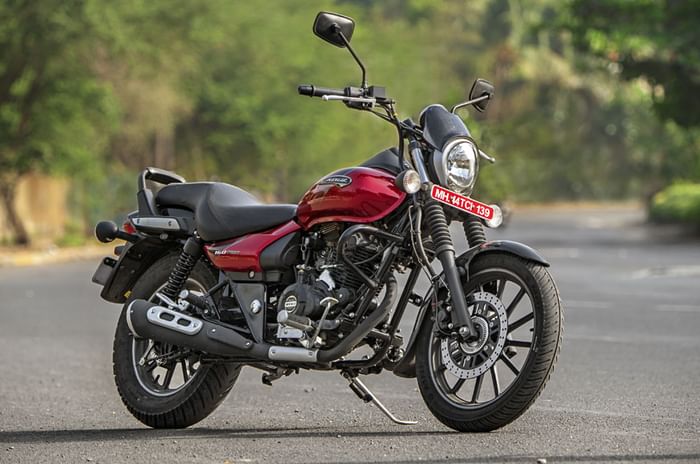
At the heart of the matter
At the midst of it, is a ‘new’ 160.4 cc, single-cylinder engine - the engine borrows the crankshaft from the NS160, and even has the same bore and stroke figures. However, it uses a new cylinder head - it's now a 2-valve set-up, unlike the 4-valve unit on the NS160. It also misses out on the oil cooler. Bajaj said they did this to enable the Avenger 160 to deliver its predecessor's level of performance. The R&D team seem to have gotten that right because this engine makes 15hp at 8,500rpm and 13.5Nm at 7,000rpm, almost identical numbers to the 15.5hp at 8,500rpm and 13.7Nm of torque at 6,500rpm.
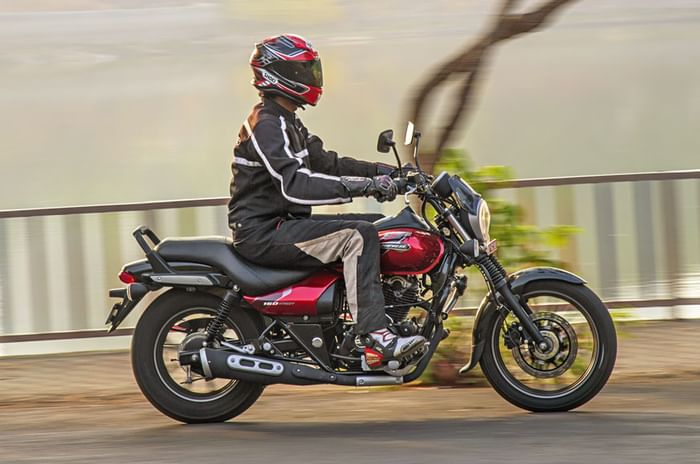
This engine isn’t as refined as say, a Honda’s, but the mellow rumble does give the little Avenger its own character. The Avenger isn’t a cruiser in the true sense of the word and isn’t the perfect companion if you’re looking to crunch up countless miles on the highway. The bike will get you to 80kmph without too much of a hassle, and that’s where the 160 is most comfortable cruising at. Any higher and you can feel the vibrations seep into the foot pegs. At these speeds I found myself looking at the rear-view mirror, expecting to see a sticker that read “objects in the mirror not as distorted as they appear” because the mirrors gets very busy at higher rpms. It takes some time for the Avenger to crawl past a 100kph, but when it does, the vibrations grow stronger, letting you know you’re there; allowing you to keep your eyes on the road and not look down at the speedo.
New wine, old wineskins
Barring the little '160' in place of the '180' on the side panel, an ABS ring and speed sensor at the rear wheel (for the ones that are really observant) there’s nothing that differentiates it from the motorcycle it replaces. This means the Avenger continues to be the laid back, easy-going motorcycle it was. The minimal use of chrome, an elongated tank, and stepped seat are design elements that the 160 continues to share with the older bikes in its lineage. The Avenger 160 uses a simple analogue speedometer and misses out on a tachometer. A tank-mounted fuel gauge sits alongside tell-tale lights for neutral, indicators and high beam.
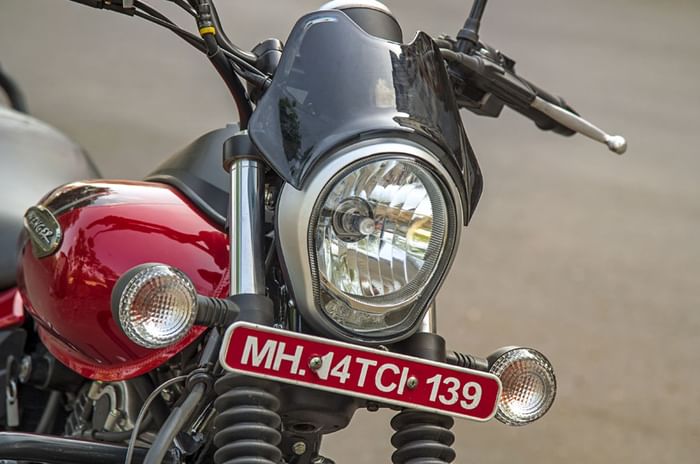
The seat feels plush and the suspension (telescopic fork and twin shock absorbers), do a great job at mitigating the impact of most potholes we threw at the Avenger. It also uses the same chassis that feels very nimble, considering the extended rake angle and long wheelbase. It also carries over the braking hardware, but with the added safety net of single-channel ABS. Braking performance – especially from the front brake – is surprisingly good.
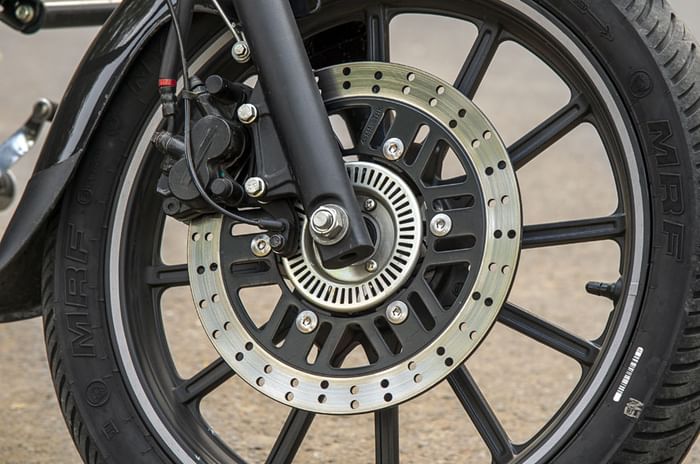
Aiding its beginner-friendly and city-oriented design is the same 730mm seat height that should allow most riders to firmly plant both feet on the ground. That said, while it’s extremely accommodating to shorter people, my 6ft self saw my knee prevent the handlebar from locking towards one side completely – not great for filtering through tight gaps with your legs on the pegs. Overall finish is good in most places but the switchgear looks and feels a bit plastic and sub-par.
The endgame
Bajaj has said that it achieved a significant number of sales from the Street 150 – numbers that the Street 180 didn’t achieve. With this new model, Bajaj intends to offer a product that bridges the gap between the now discontinued Avenger Street 150 and the Street 220, while not being a step down from what the Street 180 had to offer.
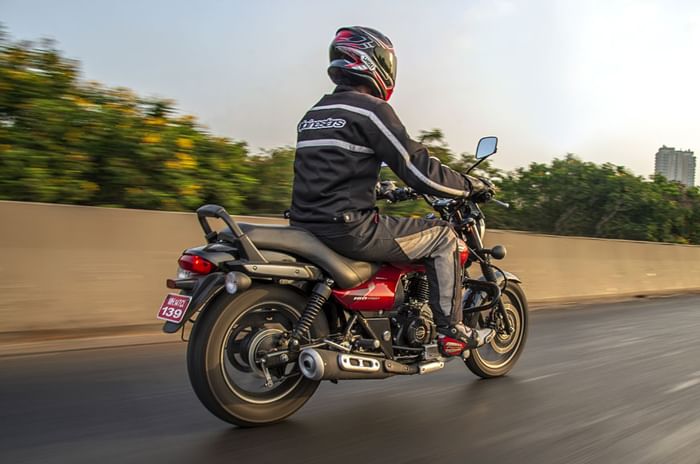
So what we have is a motorcycle that produces near-identical performance to its predecessor, additionally offering single-channel ABS, while costing a fair bit less – nearly Rs 6,000 less. This means the Avenger’s most direct rival, the Suzuki Intruder, now costs a whole Rs 19,000 more. That's a pretty good deal, if you were to ask me.














































